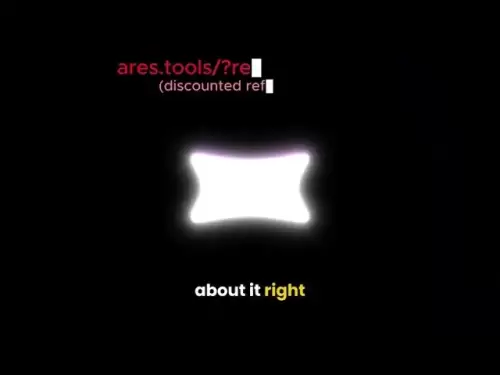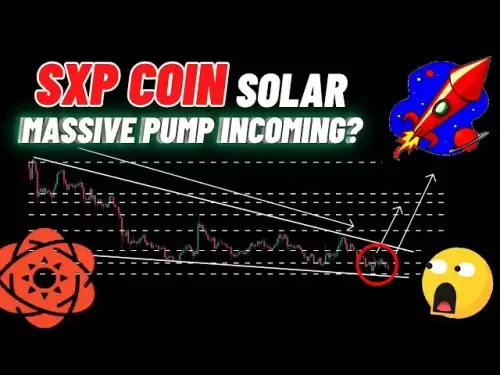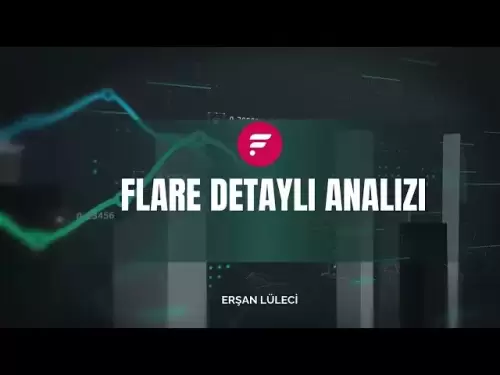-
 Bitcoin
Bitcoin $117500
2.04% -
 Ethereum
Ethereum $3759
3.02% -
 XRP
XRP $3.171
3.30% -
 Tether USDt
Tether USDt $1.000
0.03% -
 BNB
BNB $782.4
2.52% -
 Solana
Solana $187.2
5.62% -
 USDC
USDC $0.0000
0.02% -
 Dogecoin
Dogecoin $0.2380
5.26% -
 TRON
TRON $0.3175
1.07% -
 Cardano
Cardano $0.8227
4.03% -
 Hyperliquid
Hyperliquid $44.50
5.44% -
 Sui
Sui $4.020
10.07% -
 Stellar
Stellar $0.4396
6.28% -
 Chainlink
Chainlink $18.32
4.55% -
 Hedera
Hedera $0.2628
10.71% -
 Bitcoin Cash
Bitcoin Cash $554.8
4.90% -
 Avalanche
Avalanche $24.20
4.60% -
 Litecoin
Litecoin $113.7
2.31% -
 Shiba Inu
Shiba Inu $0.00001413
5.99% -
 UNUS SED LEO
UNUS SED LEO $8.984
0.11% -
 Toncoin
Toncoin $3.326
7.22% -
 Ethena USDe
Ethena USDe $1.001
0.00% -
 Uniswap
Uniswap $10.49
4.56% -
 Polkadot
Polkadot $4.092
4.02% -
 Monero
Monero $326.6
1.30% -
 Dai
Dai $1.000
-0.01% -
 Bitget Token
Bitget Token $4.570
2.49% -
 Pepe
Pepe $0.00001267
5.10% -
 Aave
Aave $297.3
3.10% -
 Cronos
Cronos $0.1344
4.10%
What is the Bitfinex contract trading fee?
Bitfinex's contract trading fees use a maker-taker model, with maker fees at 0.02% and taker fees at 0.075%; higher volumes can reduce fees through tiered structure.
Apr 12, 2025 at 11:28 am
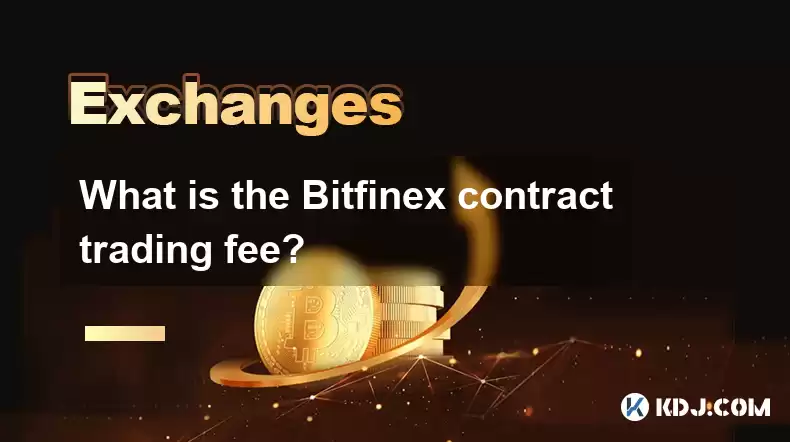
The Bitfinex contract trading fee is a critical aspect for traders to understand before engaging in trading activities on the platform. Bitfinex, a leading cryptocurrency exchange, offers a variety of trading options, including contract trading, which involves trading derivatives like futures and perpetual contracts. The fees associated with these transactions can significantly impact the overall profitability of trading strategies. In this article, we will delve into the specifics of the Bitfinex contract trading fee structure, exploring how it is calculated, the different tiers of fees, and how traders can potentially minimize their costs.
Understanding Bitfinex Contract Trading Fees
Bitfinex's contract trading fees are structured based on a maker-taker model. This model differentiates between two types of orders: maker orders, which add liquidity to the market, and taker orders, which remove liquidity from the market. The fees for these orders are different, with maker fees typically being lower than taker fees. This encourages traders to place orders that contribute to the market's liquidity.
For contract trading on Bitfinex, maker fees are set at 0.02%, while taker fees are set at 0.075%. These rates are competitive within the industry and are designed to attract traders who can provide liquidity to the market. It's important to note that these fees can vary based on the specific contract being traded and the volume of trading activity.
Fee Tiers and Volume Discounts
Bitfinex offers a tiered fee structure that rewards traders with higher trading volumes. As traders increase their 30-day trading volume, they can move to lower fee tiers, which offer reduced rates for both maker and taker orders. This structure is designed to incentivize high-volume trading and loyalty to the platform.
The fee tiers are as follows:
- Tier 1: 0-500 BTC in 30-day volume - Maker Fee: 0.02%, Taker Fee: 0.075%
- Tier 2: 500-1,000 BTC in 30-day volume - Maker Fee: 0.01%, Taker Fee: 0.06%
- Tier 3: 1,000-2,500 BTC in 30-day volume - Maker Fee: 0.005%, Taker Fee: 0.05%
- Tier 4: 2,500-5,000 BTC in 30-day volume - Maker Fee: 0.0025%, Taker Fee: 0.04%
- Tier 5: 5,000+ BTC in 30-day volume - Maker Fee: 0%, Taker Fee: 0.03%
Traders can check their current tier and the corresponding fees in their Bitfinex account settings. Understanding and monitoring this can help traders optimize their trading strategies to take advantage of lower fees.
How to Calculate Your Trading Fees
Calculating your trading fees on Bitfinex involves understanding the type of order you are placing and your current fee tier. Here is a step-by-step guide to calculating your fees:
- Identify the type of order: Determine if your order is a maker or a taker order. Maker orders are those that are not immediately filled and add liquidity to the order book, while taker orders are immediately filled and remove liquidity.
- Check your fee tier: Log into your Bitfinex account and navigate to the trading fees section to see your current tier based on your 30-day trading volume.
- Apply the fee rate: Use the fee rate corresponding to your tier and the type of order you are placing. For example, if you are in Tier 1 and placing a maker order, your fee would be 0.02% of the trade value.
To illustrate, if you are in Tier 1 and you place a maker order for 1 BTC at a price of $30,000, your fee would be calculated as follows:
- Trade Value: 1 BTC * $30,000 = $30,000
- Fee: $30,000 * 0.02% = $6
Strategies to Minimize Trading Fees
Minimizing trading fees is a key consideration for many traders. Here are some strategies to help reduce the costs associated with contract trading on Bitfinex:
- Increase Trading Volume: By increasing your 30-day trading volume, you can move to a higher tier and benefit from lower fees. This can involve trading more frequently or trading larger amounts.
- Use Maker Orders: Since maker orders have lower fees, try to place limit orders that are not immediately filled. This adds liquidity to the market and can result in lower fees.
- Utilize Bitfinex's Referral Program: Bitfinex offers a referral program where you can earn a percentage of the trading fees paid by users you refer to the platform. This can offset your own trading fees.
- Monitor Fee Changes: Bitfinex occasionally adjusts its fee structure, so it's important to stay informed about any changes that could affect your trading costs.
Other Considerations and Hidden Fees
While the maker and taker fees are the primary costs associated with contract trading on Bitfinex, there are other considerations and potential hidden fees that traders should be aware of:
- Withdrawal Fees: Bitfinex charges fees for withdrawing cryptocurrencies from the platform. These fees vary depending on the cryptocurrency and the network congestion.
- Funding Rates: For perpetual contracts, traders may also need to pay or receive funding rates, which are periodic payments that ensure the contract's price remains aligned with the underlying asset's price.
- Margin Trading Fees: If you engage in margin trading, there may be additional fees for borrowing funds to trade.
Understanding these additional costs is crucial for accurately calculating the total cost of trading on Bitfinex and managing your trading budget effectively.
Frequently Asked Questions
Q: Can I negotiate my trading fees with Bitfinex?
A: Bitfinex does not typically negotiate trading fees on an individual basis. However, the tiered fee structure allows traders to benefit from lower fees as their trading volume increases.
Q: Are there any promotions or discounts available for new users?
A: Bitfinex occasionally offers promotions or discounts for new users, such as reduced fees for a limited time or bonus rewards for signing up. It's advisable to check the Bitfinex website or social media channels for any current promotions.
Q: How often does Bitfinex update its fee structure?
A: Bitfinex updates its fee structure periodically, typically in response to market conditions or strategic decisions. Traders should regularly check the fee section of the Bitfinex website to stay informed about any changes.
Q: Can I use Bitfinex's API to automate my trading and potentially reduce fees?
A: Yes, Bitfinex offers an API that allows traders to automate their trading strategies. By using the API to place maker orders and manage trading volume, traders can potentially reduce their fees. However, it's important to understand the API's functionality and any associated costs before implementing automated trading.
Disclaimer:info@kdj.com
The information provided is not trading advice. kdj.com does not assume any responsibility for any investments made based on the information provided in this article. Cryptocurrencies are highly volatile and it is highly recommended that you invest with caution after thorough research!
If you believe that the content used on this website infringes your copyright, please contact us immediately (info@kdj.com) and we will delete it promptly.
- Vaultz Capital's Bitcoin Bet: A Strategic Shift on the Aquis Exchange
- 2025-07-26 20:30:12
- Pi Coin, Wallet Features, and Coinbase: What's the Buzz?
- 2025-07-26 18:30:12
- Worldcoin, Punisher Coin, and the Meme Coin Mania: What's the Haps?
- 2025-07-26 18:30:12
- Conviction, Justice System, and Murders: A Look at Recent Cases and Shifting Perspectives
- 2025-07-26 18:50:11
- Shiba Inu, Remittix, and the Market Surge: What's the Hype?
- 2025-07-26 19:10:12
- Cardano Price, ADA Holders, and Leadership Criticism: What's the Real Deal?
- 2025-07-26 19:30:12
Related knowledge
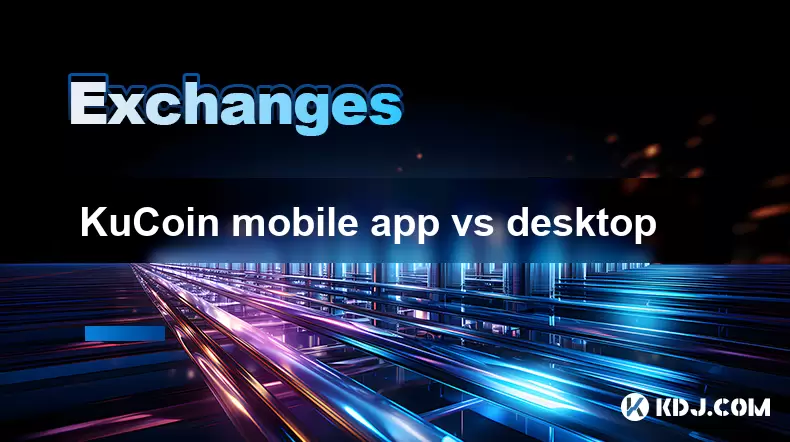
KuCoin mobile app vs desktop
Jul 19,2025 at 08:35am
Overview of KuCoin Mobile App and Desktop PlatformThe KuCoin ecosystem offers both a mobile app and a desktop platform, each designed to cater to diff...
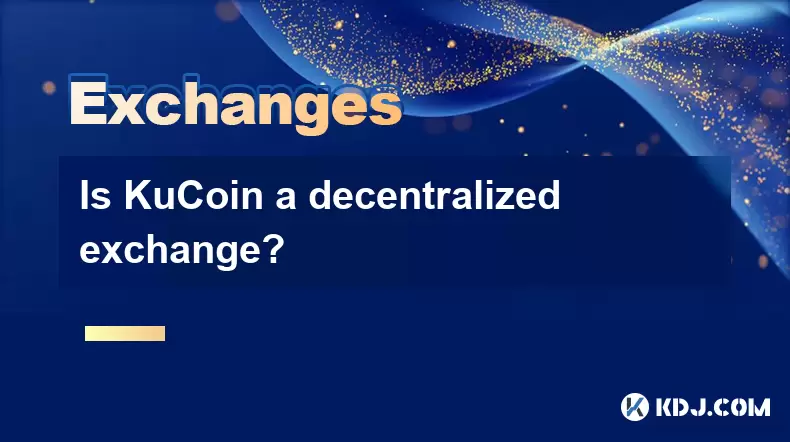
Is KuCoin a decentralized exchange?
Jul 18,2025 at 03:15pm
Understanding Decentralized Exchanges (DEXs)To determine whether KuCoin is a decentralized exchange, it's essential to first understand what defines a...
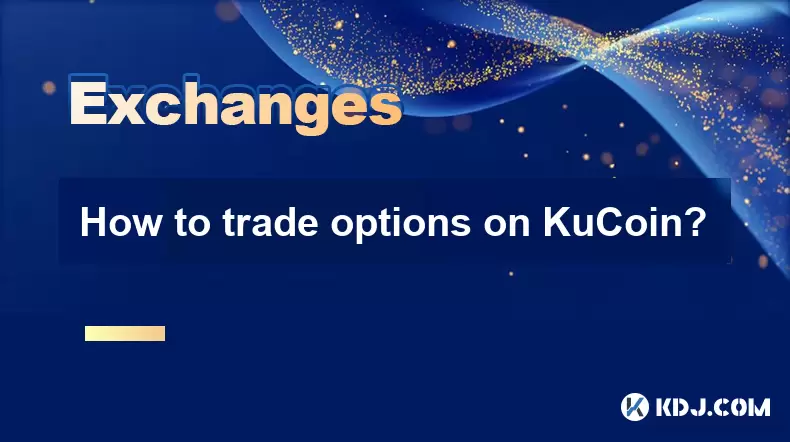
How to trade options on KuCoin?
Jul 19,2025 at 03:42am
Understanding Options Trading on KuCoinOptions trading on KuCoin allows users to speculate on the future price movements of cryptocurrencies without o...
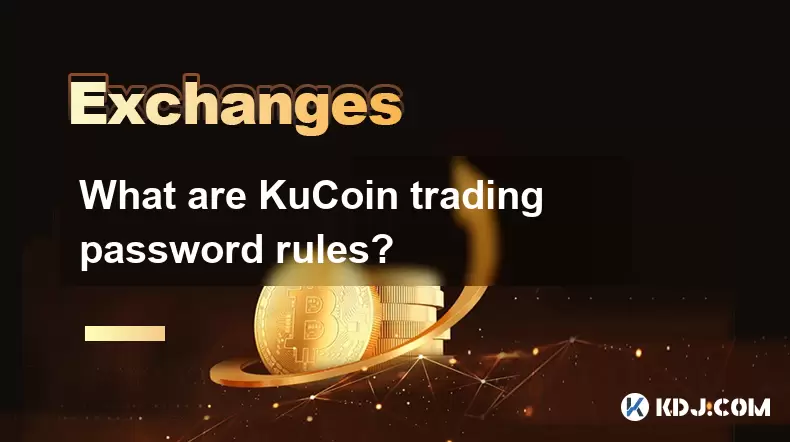
What are KuCoin trading password rules?
Jul 20,2025 at 07:56am
Understanding the Purpose of a Trading Password on KuCoinOn KuCoin, a trading password serves as an additional layer of security beyond the standard l...

Who is the CEO of KuCoin?
Jul 20,2025 at 09:35am
Background of KuCoinKuCoin is one of the largest cryptocurrency exchanges globally, known for its diverse range of trading pairs and user-friendly int...
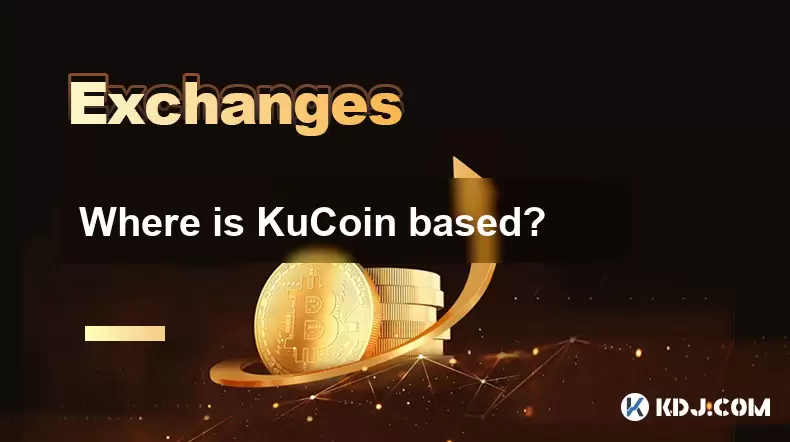
Where is KuCoin based?
Jul 22,2025 at 10:35pm
Understanding KuCoin's Global PresenceKuCoin is one of the most recognized names in the cryptocurrency exchange market, serving millions of users glob...

KuCoin mobile app vs desktop
Jul 19,2025 at 08:35am
Overview of KuCoin Mobile App and Desktop PlatformThe KuCoin ecosystem offers both a mobile app and a desktop platform, each designed to cater to diff...

Is KuCoin a decentralized exchange?
Jul 18,2025 at 03:15pm
Understanding Decentralized Exchanges (DEXs)To determine whether KuCoin is a decentralized exchange, it's essential to first understand what defines a...

How to trade options on KuCoin?
Jul 19,2025 at 03:42am
Understanding Options Trading on KuCoinOptions trading on KuCoin allows users to speculate on the future price movements of cryptocurrencies without o...

What are KuCoin trading password rules?
Jul 20,2025 at 07:56am
Understanding the Purpose of a Trading Password on KuCoinOn KuCoin, a trading password serves as an additional layer of security beyond the standard l...

Who is the CEO of KuCoin?
Jul 20,2025 at 09:35am
Background of KuCoinKuCoin is one of the largest cryptocurrency exchanges globally, known for its diverse range of trading pairs and user-friendly int...

Where is KuCoin based?
Jul 22,2025 at 10:35pm
Understanding KuCoin's Global PresenceKuCoin is one of the most recognized names in the cryptocurrency exchange market, serving millions of users glob...
See all articles





















